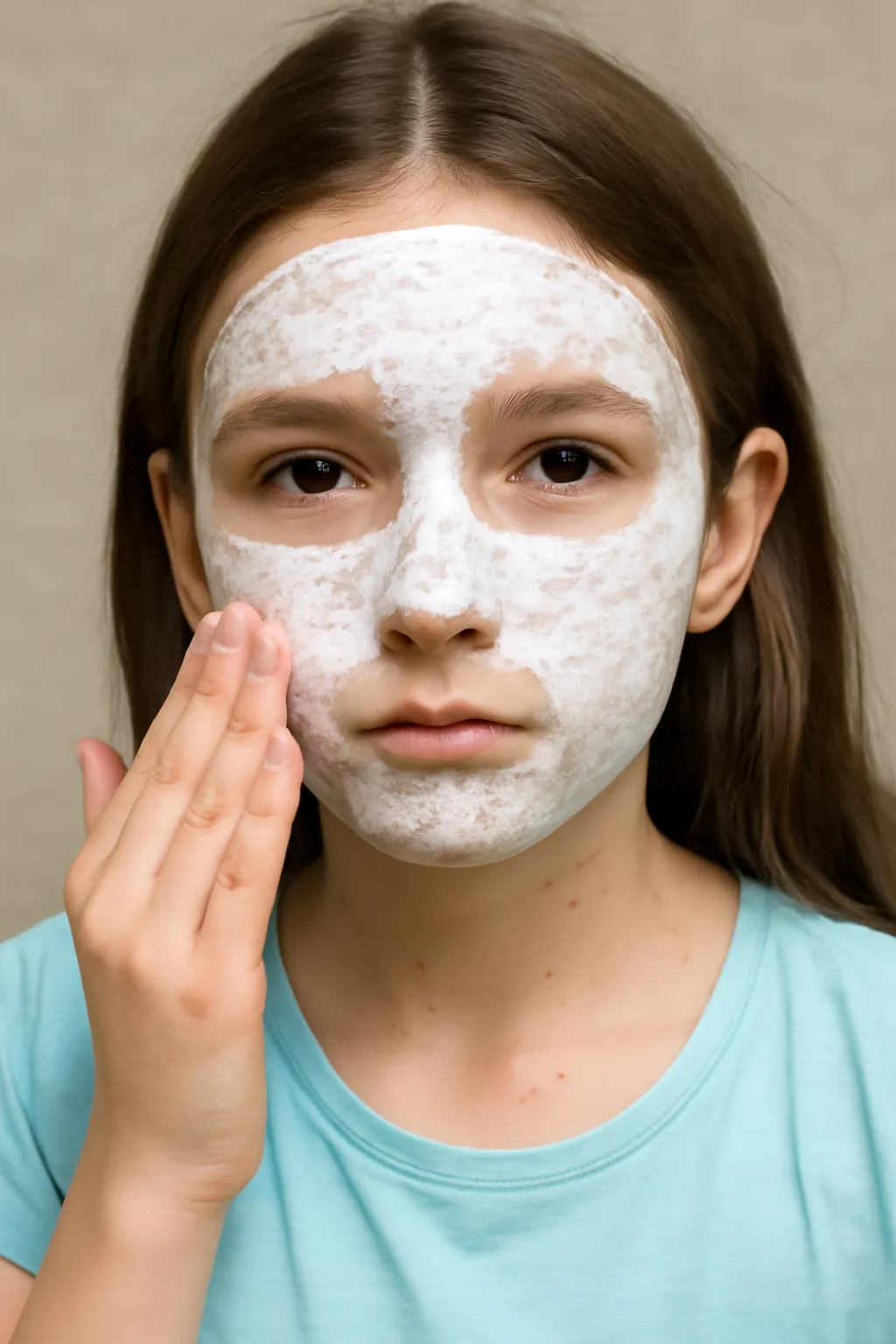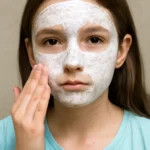Are you dealing with millet acne on your child’s skin? Wondering how to tackle elementary school acne and prevent millet acne breakouts? Learn simple, effective ways to help your child achieve clearer, healthier skin!
Millet acne, a common skin condition affecting children, especially those in elementary school, can be frustrating for both kids and their parents. This article will explore what millet acne is, how to manage it, and effective solutions to help children achieve smoother, clearer skin. If your child is struggling with acne, keep reading to find out how to address it effectively!
Understanding Elementary School Acne
Acne, often associated with puberty, can begin much earlier. Many elementary-aged children start developing small bumps, known as millet acne, on their faces, particularly on the forehead, cheeks, and nose. While it can be alarming for parents to notice their child’s skin break out, it’s important to recognize that this condition is common and can be managed.
What Causes Acne in Elementary School Kids?
The skin of elementary school children is sensitive and still developing, so factors such as hormonal changes, diet, and skincare habits can influence acne. Hormones begin to fluctuate during childhood, often triggering excess oil production in the skin, which can clog pores and lead to acne.
Another common cause is diet—children who consume foods high in sugars and dairy may experience more acne breakouts. Additionally, excessive touching of the face and not cleansing the skin properly at night can also contribute to the development of acne.
Why Millet Acne Appears in Elementary School
Millet acne, specifically, appears as tiny, hard, white bumps that are often mistaken for whiteheads. It’s typically caused by clogged pores and dead skin cells, which accumulate and harden, blocking the hair follicles. This type of acne is more likely to appear in children with oily or combination skin.
Example: When my daughter started developing small bumps on her forehead around the age of 9, I realized it was millet acne. We noticed that after school, she would often touch her face, transferring dirt and oil, making the condition worse.
Tips to Combat Elementary School Acne
-
Proper Skincare Routine Teaching kids the importance of a daily skincare routine is key to preventing and treating acne. Cleanse the face twice a day using a gentle cleanser that won’t irritate the skin.
-
Avoid Touching the Face Encourage your child to keep their hands off their face to avoid transferring oils and dirt from their hands.
-
Diet Modifications Focus on providing a balanced diet rich in vegetables, fruits, and whole grains. Reduce sugary snacks and dairy products, as they can trigger breakouts.
How to Get Rid of Elementary School Millet Acne
Getting rid of millet acne requires a multi-faceted approach, from effective skincare routines to changes in diet and habits. Let’s dive into some of the best methods to treat and prevent millet acne in elementary-aged children.
1. Gentle Exfoliation
Exfoliating is essential for removing dead skin cells that contribute to clogged pores. However, it’s important to choose mild exfoliants that are suitable for children’s delicate skin. Over-exfoliating can irritate the skin and worsen the condition.
Example: My son, who suffered from millet acne, started using a gentle exfoliating scrub with mild, natural ingredients. Over time, we noticed fewer breakouts and smoother skin.
2. Topical Treatments
For more severe cases, you may need to apply over-the-counter topical treatments. Look for salicylic acid or benzoyl peroxide products that are specifically formulated for children’s sensitive skin. These ingredients help to unclog pores and reduce inflammation.
3. Moisturizing
Although acne treatments often dry out the skin, moisturizing is still crucial to keep the skin balanced. Choose a non-comedogenic moisturizer to ensure that it won’t clog pores or exacerbate acne. Hydrated skin is healthier and more resilient to acne breakouts.
Tip: Always look for products labeled as “for sensitive skin” to avoid causing additional irritation.
Effective Home Remedies for Millet Acne in Elementary School Children
Along with over-the-counter solutions, there are also natural remedies that can help reduce millet acne. These remedies focus on soothing and healing the skin without causing irritation. Here are some home treatments that you can try.
1. Honey and Lemon Mask
Honey is known for its anti-inflammatory properties, while lemon helps to brighten the skin and tighten pores. You can create a simple honey and lemon mask by mixing one tablespoon of honey with a few drops of lemon juice. Apply it to the face for about 10 minutes, then rinse it off with lukewarm water.
2. Tea Tree Oil
Tea tree oil has natural antimicrobial properties that help fight bacteria and reduce inflammation. However, it should always be diluted with a carrier oil (like coconut or olive oil) before applying it to the skin. A few drops can be applied to the affected areas using a cotton ball.
Example: After using tea tree oil on my daughter’s forehead, we noticed a reduction in the number of millet acne bumps after just one week of consistent use.
3. Aloe Vera
Aloe vera is another great option for calming irritated skin and promoting healing. The soothing gel can be applied directly from the plant or bought as a store-bought gel to treat the skin.
Tip: Aloe vera is particularly helpful when the acne is causing redness or inflammation, helping to reduce irritation and promote faster healing.
Conclusion
In summary, elementary school millet acne is a common issue that can be managed with the right approach. By implementing a proper skincare routine, choosing gentle exfoliants, and applying topical treatments, you can help reduce acne and promote healthier skin. Natural remedies like honey, tea tree oil, and aloe vera also offer excellent alternative treatments for managing acne at home.
By addressing the root causes of acne—whether through diet, skincare habits, or treatment—parents can support their child in achieving clearer, smoother skin. Remember, consistency is key when dealing with acne, so patience is essential. With the right care, your child will soon enjoy acne-free, healthy skin.






